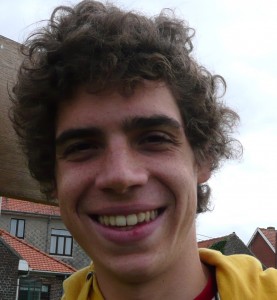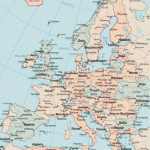 Ward Van Hout, a student studying Aerospace Engineering at the Technical University of Delft in the Netherlands, tells EWEA why he is a fan of wind energy and why he adopted a wind turbine as part of EWEA’s 2010 campaign…
Ward Van Hout, a student studying Aerospace Engineering at the Technical University of Delft in the Netherlands, tells EWEA why he is a fan of wind energy and why he adopted a wind turbine as part of EWEA’s 2010 campaign…
EWEA: Why do you support wind energy?
Van Hout: I support wind energy because it is the future. Wind energy will help us to overcome the shortage of fossil fuels. There has been an enormous increase in world population which means a drastic increase in energy consumption. And with this comes more and more pollution, higher CO2 concentrations, etc. An excellent alternative is wind energy. On Earth, sufficient wind is available for our energy needs. Strikingly, there is 200 times more wind energy available than current energy demand. Wind power is solar power, meaning that as long as the sun is giving us heat, we can make use of wind turbines to collect that power. It is clear that wind energy is the driving power of the 21st century – the renewable energy age!







 Comments
Comments

